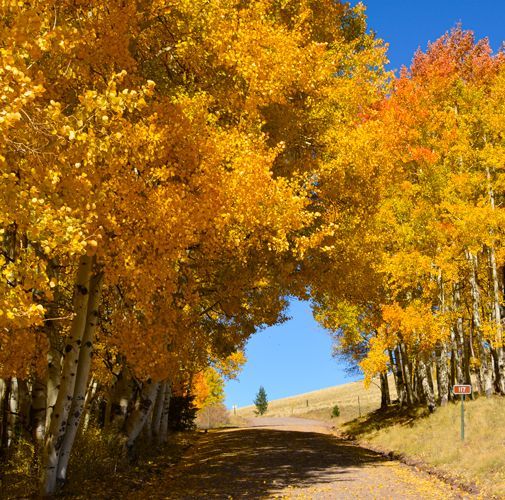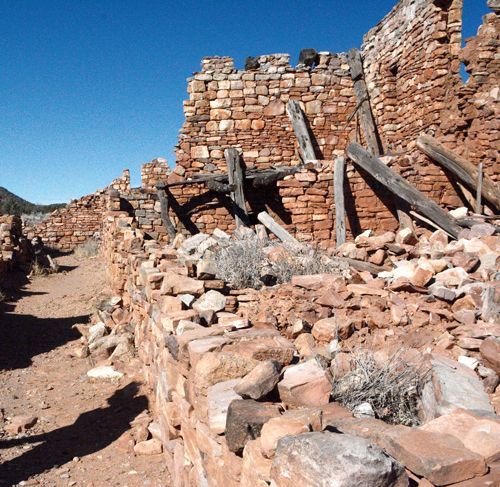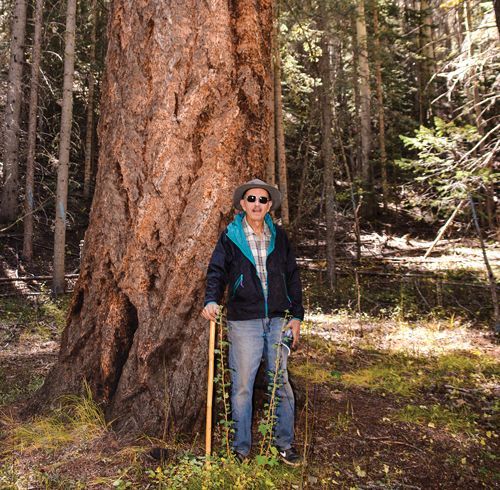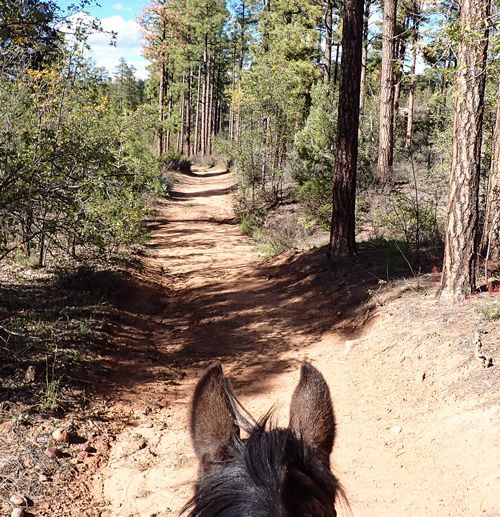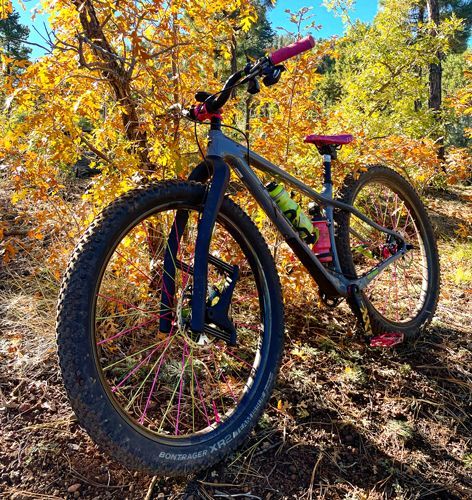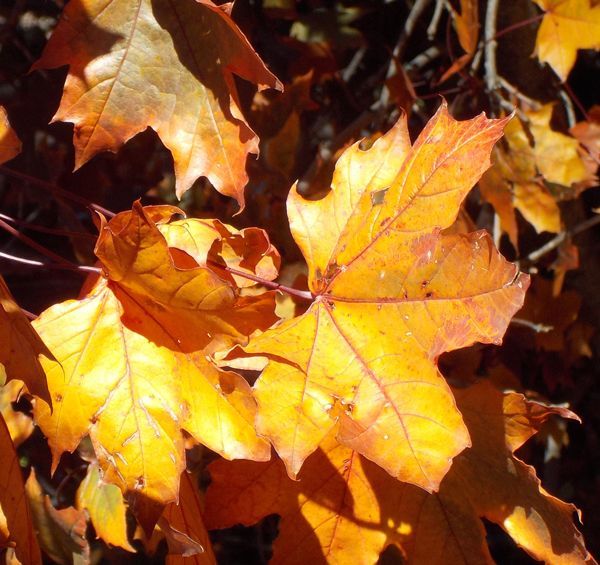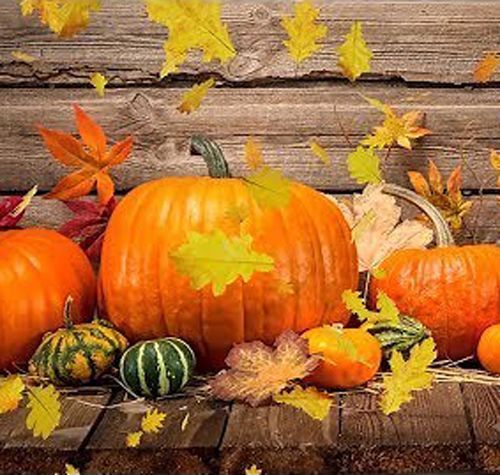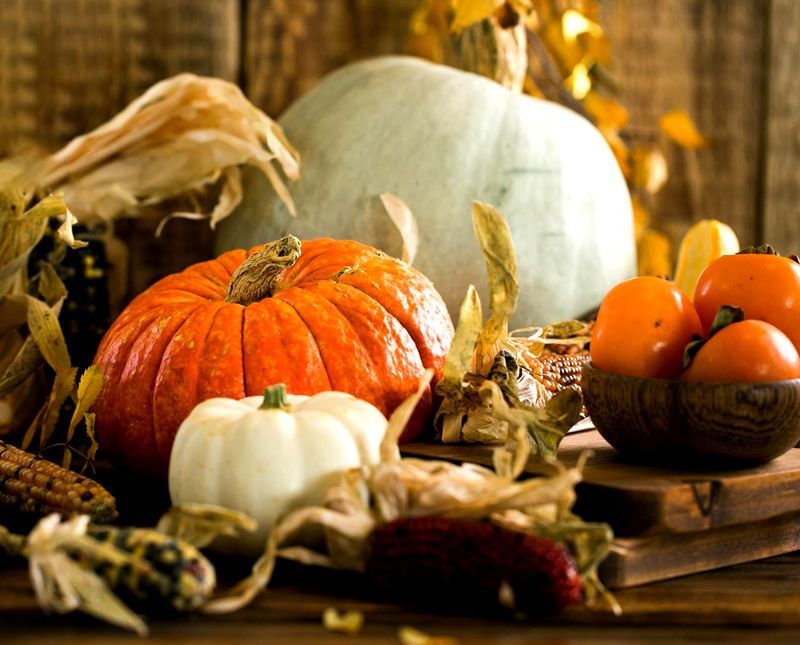Among the exquisiteness of the unsurpassed colorful majesty in the desert, there is in bloom a deadly prettiness.
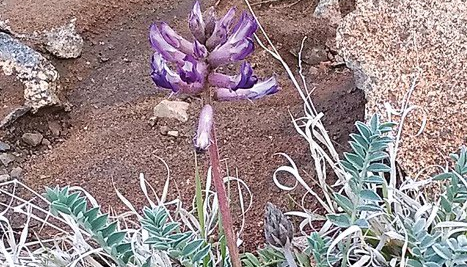
Delightful! Inspiring! Rejuvenating! Don and I savor every second while hiking the desolate, rugged trail in Tonto National Forest near our house. We have enjoyed our daily hikes for years and years; however, lately we have not taken our nature time for granted. We have not hurried to step off our daily exercise distance as before, rushing to beat our previous hiking time or quickening the pace to increase our heart rate. No, we slow our pace to enjoy the exquisiteness of the vast Southwest terrain -- winding Oxbow Hill in view of the Mazatzal Wilderness; relishing this time in Mother Nature’s beauty; feeling blessed to have the opportunity to do so.
The gorgeousness of the desert in bloom with beautiful spring flowers is both colorful and breathtaking; a scenic landscape of yellow desert daisies and delicate lavender floras, accented with white baby-breath covers the usually brown sun-drenched ground, as if the life of the desert has exploded with color and life from the spring rains; truly, one of the unsurpassed gifts of the Southwest.
And yet among the exquisiteness of this unsurpassed colorful majesty, there is in bloom a deadly prettiness. Blooming in luscious purple, as purple as the Four Peaks amethyst gems, is the plant known as locoweed or crazyweed. Scientifically, the species is of the Oxytropis or Astragalus family and it is very deadly to cattle, horses, elk and deer if ingested in large quantities. Horses appear to be more vulnerable so, if you have horses, as we do, seeing this plant thriving in an area you sometimes ride is enough to put you in a “NEVER” fit.
“I will NEVER ride my horse, Brooks, here again!” “I have NEVER seen IT growing HERE before!” “I will NEVER let Brooks put his head down to graze WHEREVER we ride!” NEVER! NEVER! NEVER!...
Locoweed apparently gained its name from the Spanish word, “loco,” meaning a sense of crazy. Unfortunately, cattle, deer, horses, elk and sheep appear intoxicated if they ingest toxic amounts of locoweed because it has the swainsonine toxin which damages their neurological systems, usually permanently. After ingesting locoweed, the livestock may appear confused, have an increased thirst for water, excessive salivation, hyperactivity and aggression. Sometimes, the ingestion leads to seizures, weakness, congestive heart failure, chronic wasting disease and sadly, death of the animal.
Studies show the plant is very edible for wildlife and maybe pleasant tasting to animals, thus, contributing to livestock eating the deadly blooms -- especially if other food is scarce. Locoweed poisoning is usually more prevalent in the spring and fall due to increased moisture and tolerant temperatures.
In 1863, locoweed poisoning was recognized in Arizona by ranchers and livestock owners. For more information, the University of Arizona has a great website called “Locoweed Information Guide.” The site is: extension.arizona.edu/locoweed-information-guide.
I do confess seeing the deadly beauty of the locoweed plant blooming amidst desert spring flowers unsettled the serenity of our hike for a few NEVER seconds. Once I regained my composure -- my presence of mind -- and found calm in my soul, I once again savored every second in the great outdoors of the Southwest.
(However, I do confess to having a nightmare in which the only blooms of the desert were locoweed! YIKES!!!)
May all your dreams be free of locoweed! May only the beauty of spring flowers weigh on your mind! From our family to yours, wishing you health, safety, and tranquility. Safe adventures! Blessings to you and yours.



